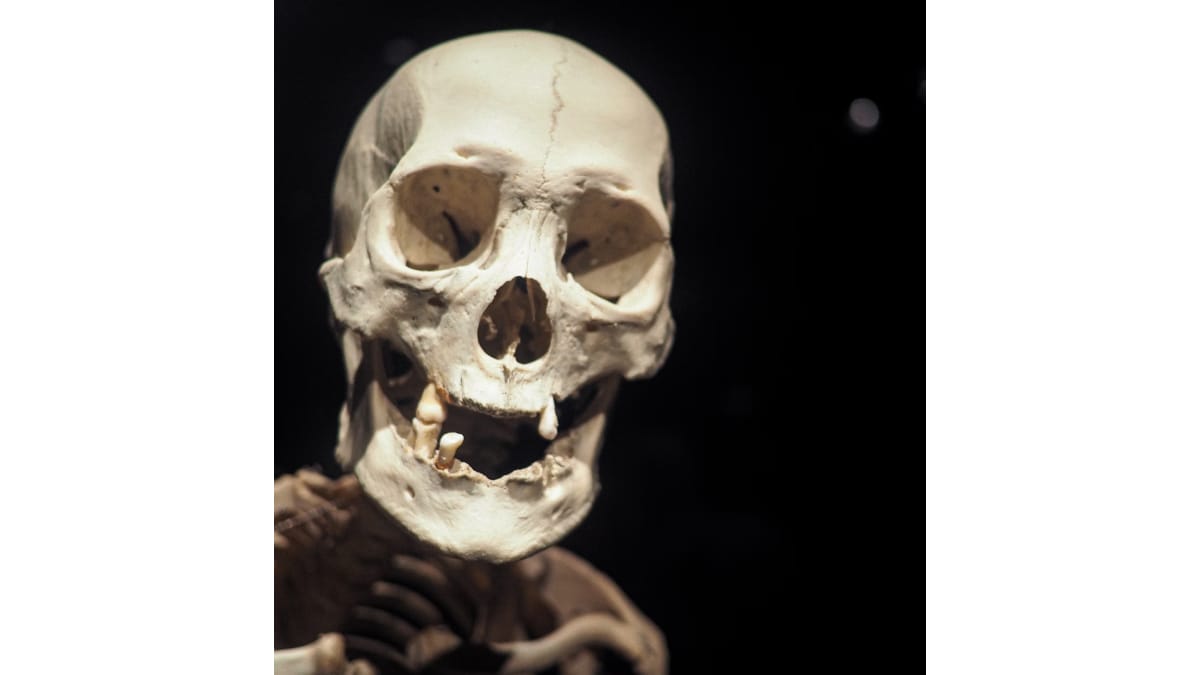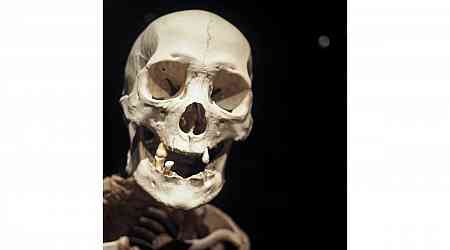A new ancient human species, Homo juluensis, has been identified by researchers, marking a significant step in understanding human evolution in the Middle Pleistocene epoch. According to findings published in PaleoAnthropology in May 2024, the discovery is based on fossil evidence unearthed in China, with specimens dating between 220,000 and 100,000 years ago. The species, known as “big head people,” is characterised by large skulls, blending features seen in modern humans, Neanderthals and Denisovans.
Fossil Evidence and Characteristics
The fossils forming the basis of this new classification were recovered from sites in Xujiayao and Xuchang in northern and central China, as per reports. Excavations at Xujiayao in the 1970s yielded over 10,000 stone tools and 21 fossil fragments, representing at least 10 individuals. These fossils display large, wide crania with Neanderthal-like characteristics, yet also share traits with modern humans and Denisovans. Four additional ancient skulls discovered at Xuchang exhibit similar features.
The research team, led by Christopher Bae, an anthropologist at the University of Hawai'i and Xiujie Wu, a paleoanthropologist at the Chinese Academy of Sciences, concluded that these fossils represent a distinct hominin population. The findings indicate a likely continuity of hybridisation among Middle Pleistocene hominins, which shaped human evolution in eastern Asia.
Naming and Expert Perspectives
In a statement to Nature Communications, published in November 2024, the researchers advocated for using Homo juluensis to clarify eastern Asia's complex fossil record. While some experts, such as Chris Stringer of the Natural History Museum in London, have suggested the fossils might align more closely with Homo longi, the designation of Homo juluensis has gained traction.
The name, according to Bae, in a statement, was introduced to improve scientific communication. Paleoanthropologist John Hawks of the University of Wisconsin–Madison noted in a blog post that such terminology allows clearer reference to this population's place in the human evolutionary narrative. The discovery underscores the intricate relationships within ancient hominin groups and their evolutionary significance.
































